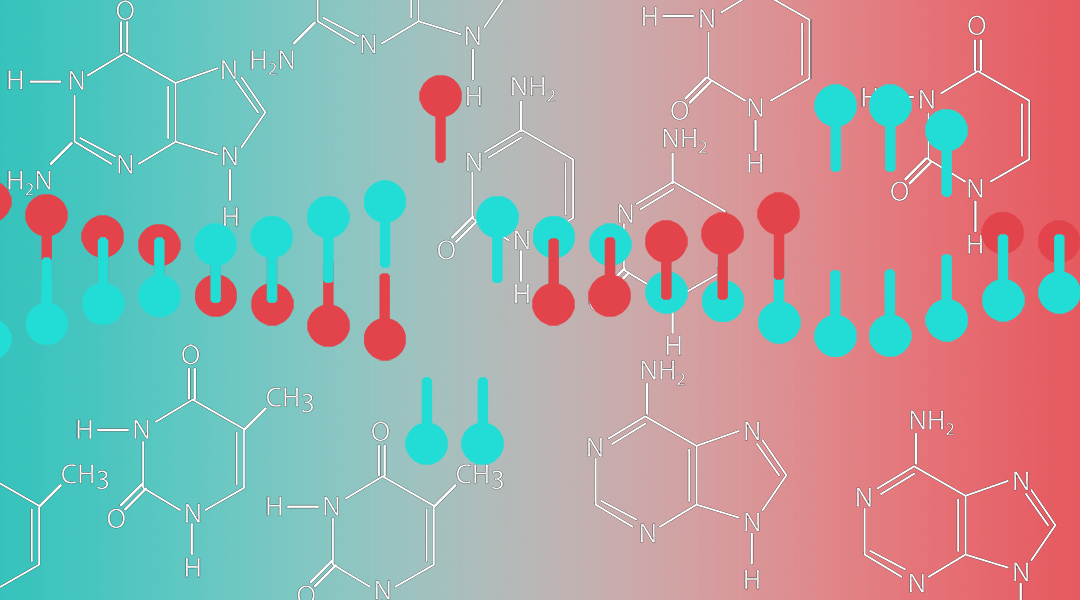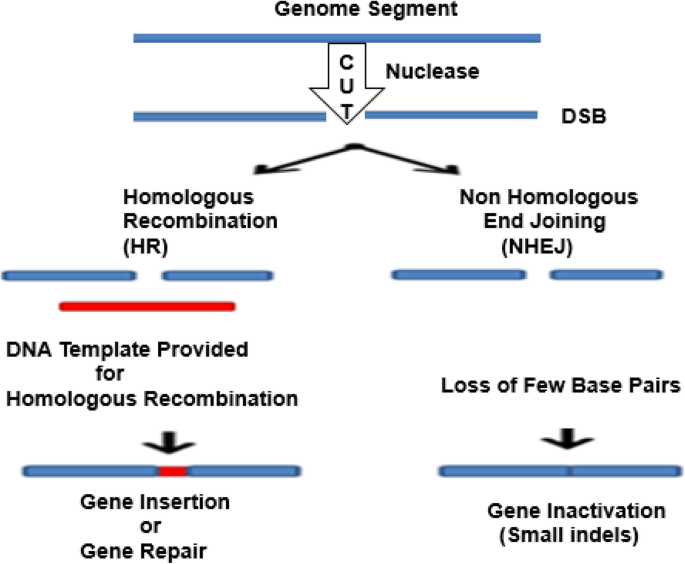CRISPR-Cas9 Gene Editing: Revolutionizing the Way We Modify DNA
Gene editing has long been a dream for scientists who want to cure genetic diseases and improve agricultural yields. For decades, researchers have used various methods to modify DNA, such as inserting, deleting, or replacing genes. However, these methods have been imprecise, time-consuming, and expensive. Enter CRISPR-Cas9, a revolutionary gene-editing tool that has the potential to transform the field of biotechnology.
In this blog post, we will discuss the basics of CRISPR-Cas9 gene editing, its advantages and challenges, current research, and future directions.
What is CRISPR-Cas9 Gene Editing? :-
CRISPR-Cas9 is a gene-editing tool that allows researchers to modify DNA with unprecedented precision, efficiency, and affordability. CRISPR stands for Clustered Regularly Interspaced Short Palindromic Repeats, which are short DNA sequences that bacteria and other microorganisms use to defend themselves against viruses. Cas9 is an enzyme that acts like a pair of molecular scissors, cutting the DNA at specific locations. By combining these two components, scientists can create a powerful tool that can target and modify any gene in any organism.
The CRISPR-Cas9 system works in three basic steps:
(1) designing a guide RNA (gRNA) that matches the target DNA sequence,
(2) delivering the gRNA and Cas9 enzyme into the cells, and
(3) cutting the DNA at the target site and inducing a repair mechanism that can either remove, insert, or replace the DNA sequence.
Advantages of CRISPR-Case Gene Editing:-
CRISPR-Cas9 gene editing offers several advantages over traditional gene editing methods, such as homologous recombination or zinc-finger nucleases. Some of the key advantages are:
Precision and Accuracy: The CRISPR-Cas9 system can target a specific DNA sequence with high accuracy, minimizing the risk of off-target effects. This means that researchers can modify genes with greater precision, reducing the likelihood of unintended consequences or adverse effects.
Versatility: The CRISPR-Cas9 system can be used to modify any gene in any organism, from bacteria to humans. This means that researchers can study the function of genes, create disease models, and develop therapies for a wide range of genetic diseases.
Efficiency and Affordability: The CRISPR-Cas9 system is relatively easy to use and requires fewer resources than other gene editing methods. This means that researchers can conduct experiments more quickly and cheaply, accelerating the pace of research and innovation.
Applications of CRISPR-Cas9 Gene Editing :-
The potential applications of CRISPR-Cas9 gene editing are vast and diverse, ranging from curing genetic diseases to improving crop yields. Some of the most promising applications are:
Disease Treatment: CRISPR-Cas9 gene editing can be used to cure genetic diseases such as sickle cell anemia, cystic fibrosis, and Huntington's disease. By correcting the faulty genes that cause these diseases, researchers can offer hope to millions of patients worldwide.
Cancer Therapy: CRISPR-Cas9 gene editing can be used to develop new cancer therapies that target the specific genes or mutations that drive tumor growth. By disabling or modifying these genes, researchers can slow down or even stop the cancer cells from proliferating.
Agricultural Improvement: CRISPR-Cas9 gene editing can be used to improve the yields, quality, and resistance of crops to pests, diseases, and environmental stresses. By modifying the genes that control these traits, researchers
Conclusion:-
CRISPR-Cas9 gene editing is a revolutionary technology that has the potential to transform the way we modify DNA. With its precision, versatility, efficiency, and affordability, CRISPR-Cas9 is opening up new avenues for scientific research, medical treatments, and agricultural innovation. However, there are also ethical, social, and legal challenges that need to be addressed, such as the risk of unintended consequences, the unequal distribution of benefits, and the lack of regulation and oversight.
As we continue to explore the potential of CRISPR-Cas9 gene editing, it is important to balance the promise of innovation with the responsibility of ensuring safety, equity, and justice for all. By engaging in open and transparent dialogue, collaborating across disciplines and sectors, and respecting the diverse perspectives and values of stakeholders, we can harness the power of CRISPR-Cas9 for the greater good of humanity and the planet.
Thank you for taking the time to read this blog post on CRISPR-Cas9 gene editing. I hope that it has provided you with a basic understanding of this exciting technology and its potential applications. If you have any questions or feedback, please feel free to leave a comment below. Thank you again for your interest in this topic!



Comments
Post a Comment